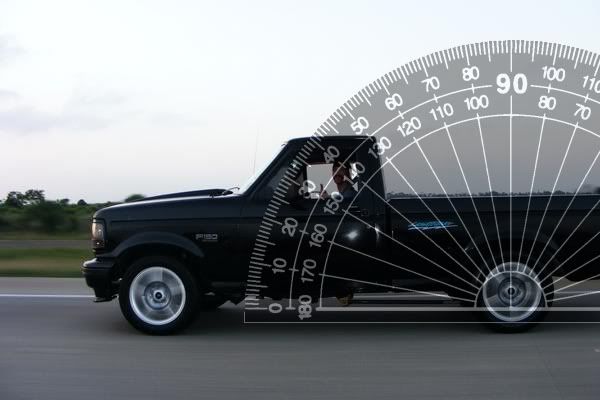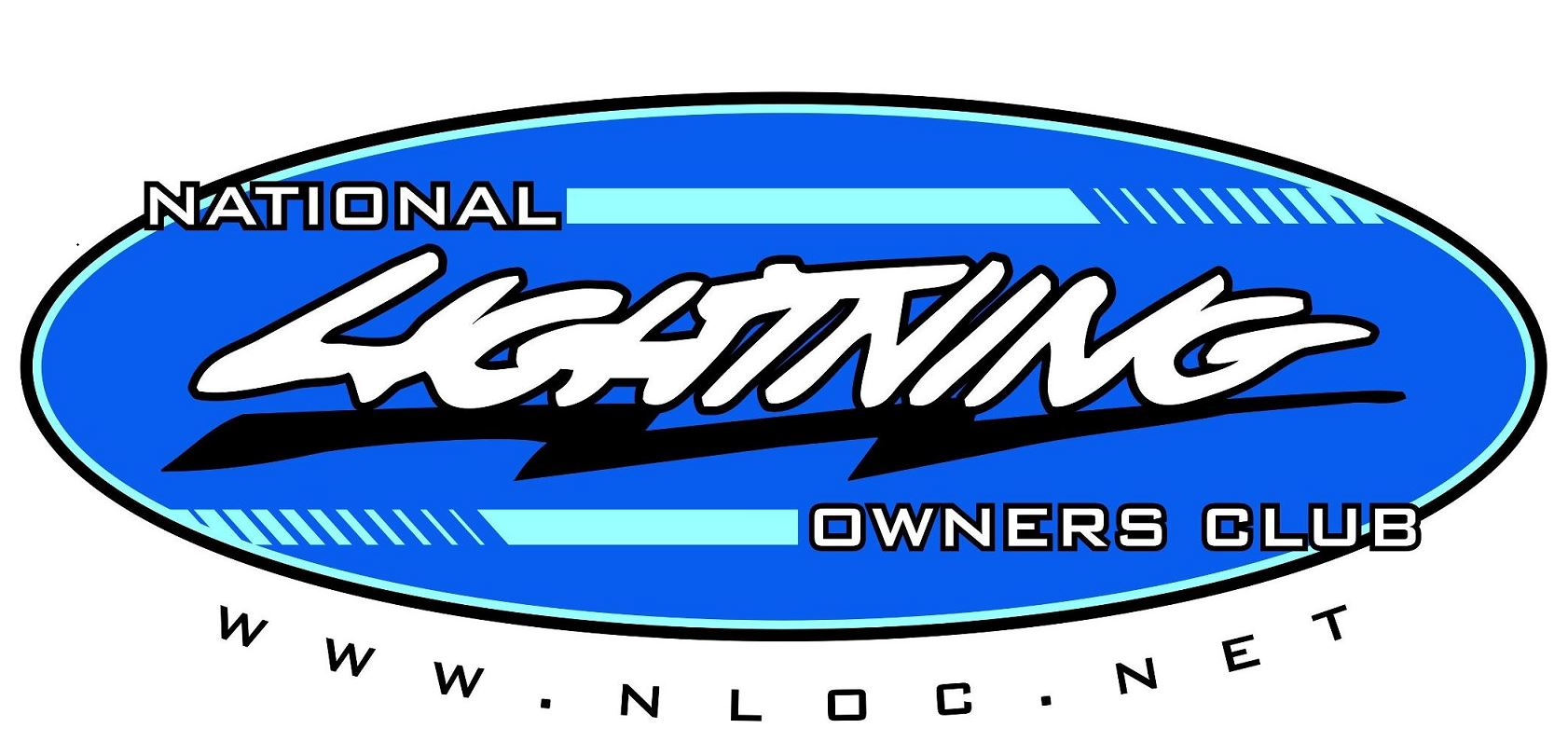blownragtop
Member
It's pretty cut and dry if you really think about it. Look at your diagram. The bars do not create acutal "lift" but they are angled upwards and in turn try to lift the truck up. And becaus they are not attached "rigid" to the rear like you said they do not force the rearend into the ground (like I said).
Just for the record they do more then stop wheel hop! they transfer rotational force forward in whichever angle they are pointing. Those $99 bars help stop wheel hop by pulling backwards on the frame. Hey I bet those $99 bar will help you 60' better in reverse!
Here’s you a handy protractor to measure that lift. :tongue:

Long bars are a simple rehash of the old under-riders that were being used in the 50’s and early 60’s (ala the ShelbyGT-350). They became obsolete, at least for drag racing, when Grumpy introduced the slapper bar. They still make them for the nostalgia guys who like to keep their cars period correct.
Traction Master Company
I’d invite anyone to look around the staging lanes at the faster leaf spring cars. I’d wager that you’d find a lot of Caltracs, Slide-a-Links, slapper bars, ect… but not one long bar/under-rider. They seem peculiarly popular to the Lightning scene. I’d understand it if they were cheap (like the Duff bars). But since they cost as much or more than Caltracs they make absolutely no sense.
Now if someone wants to argue that long bars are better than Caltracs I’d sure like to hear that reasoning. :headscratch:

